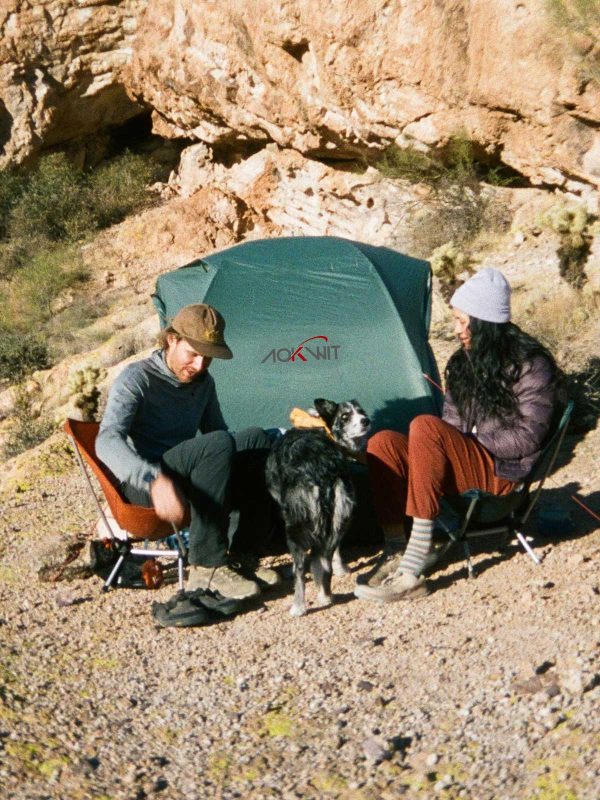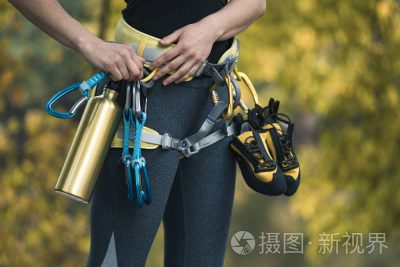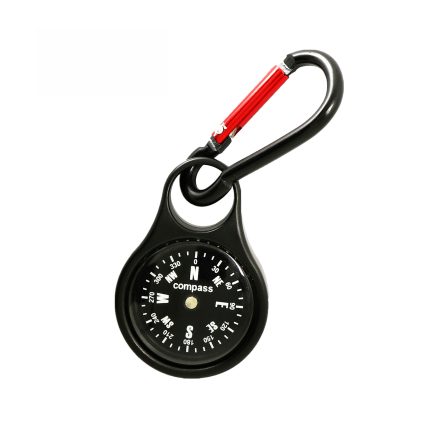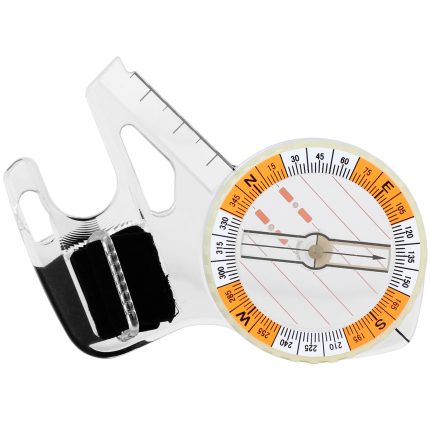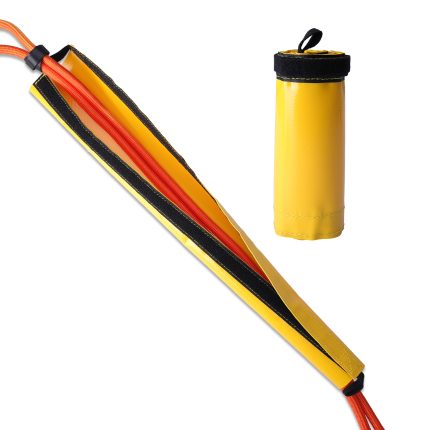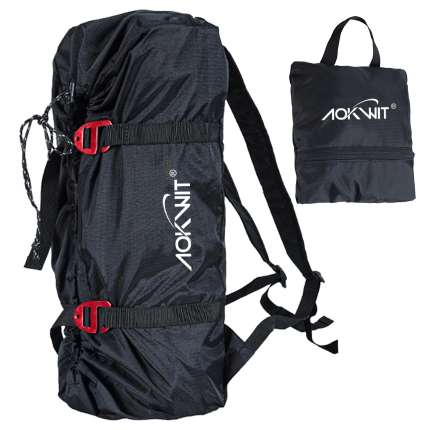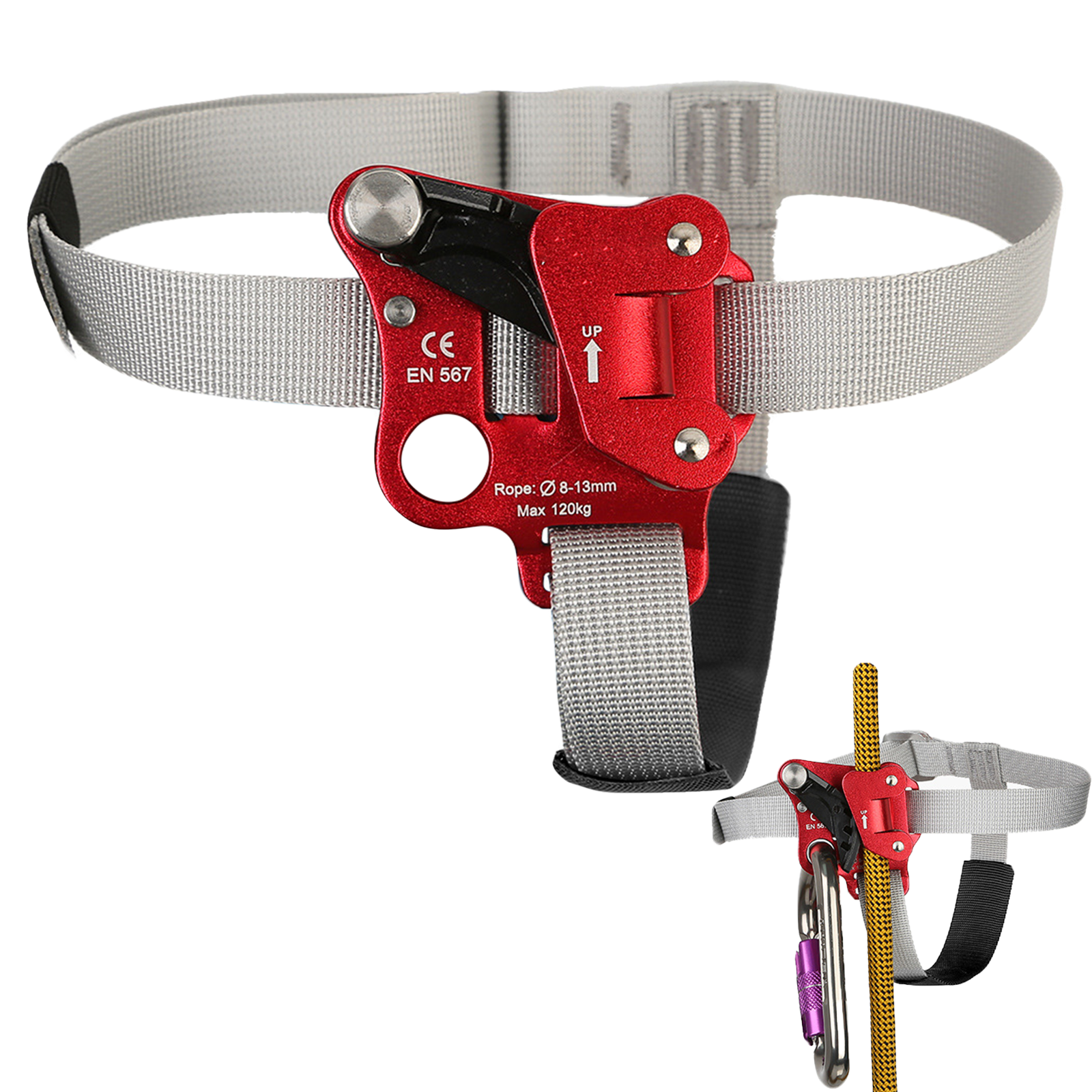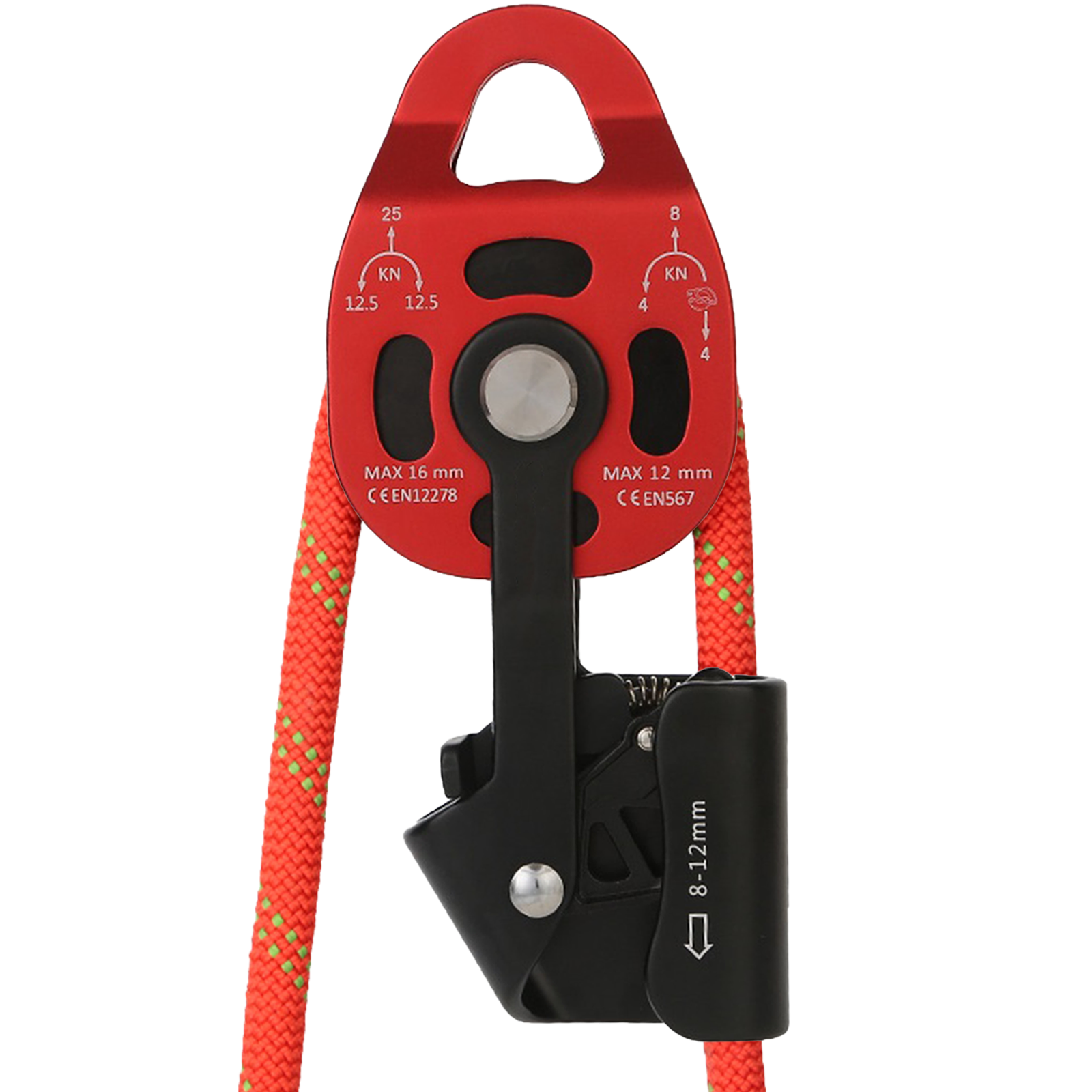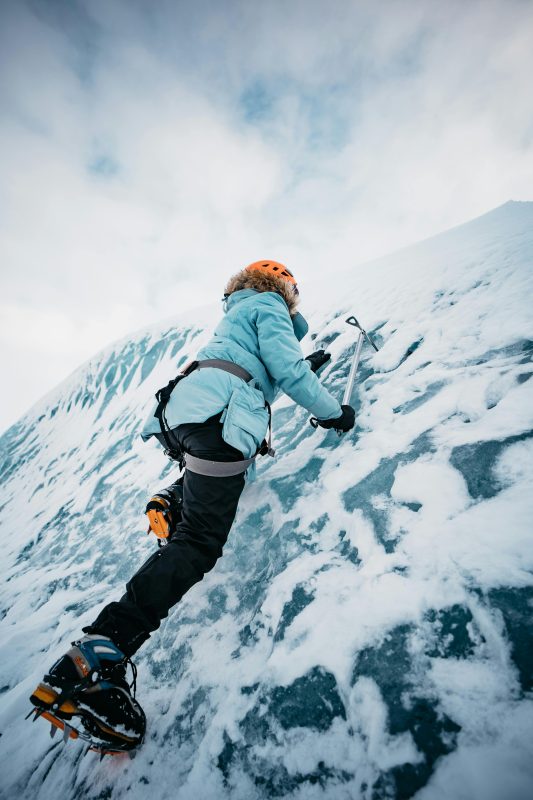How to Adapt to High Altitude?
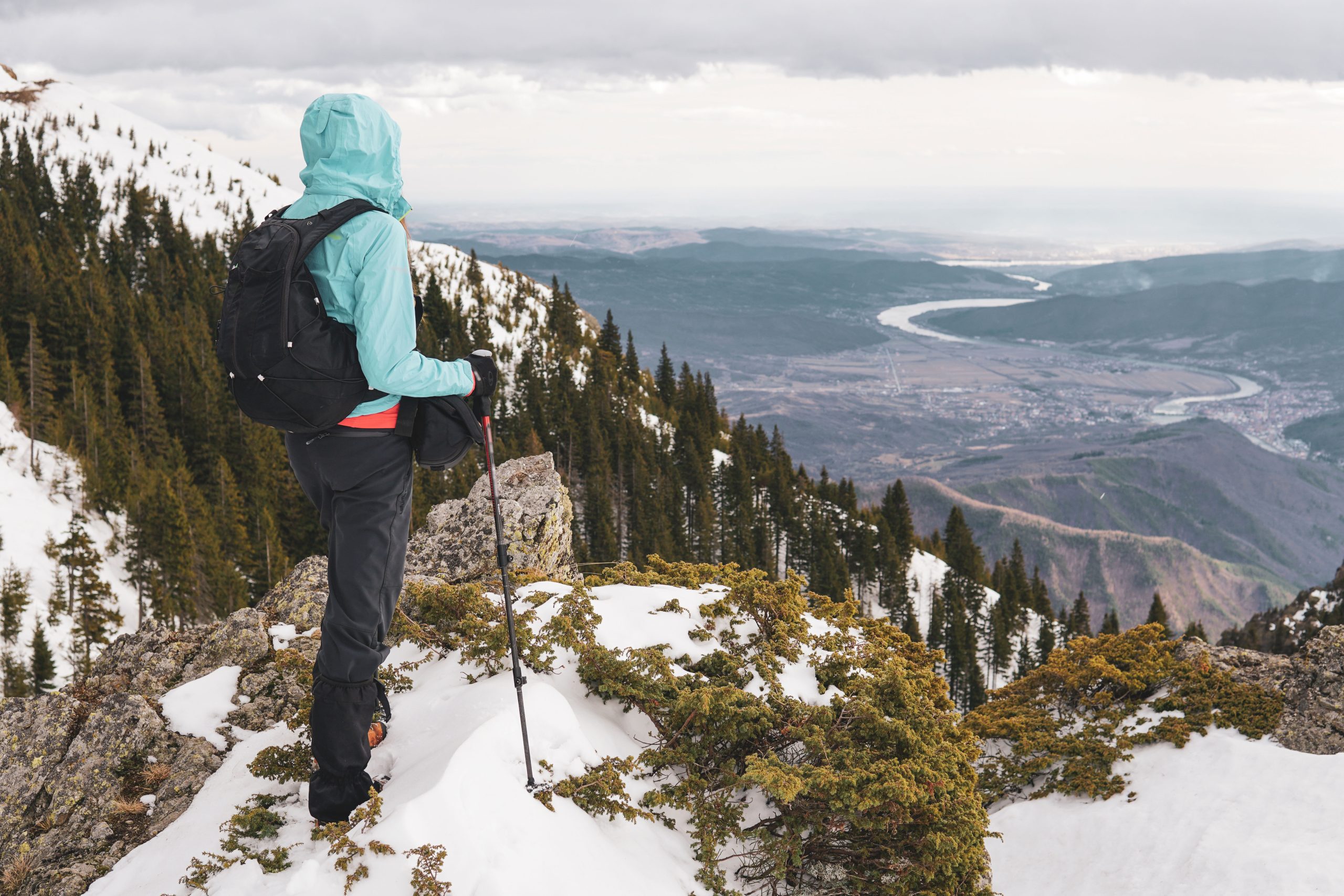
1. Maintain a Positive Mental State.
Excessive anxiety, constant worry, or overreacting to minor discomfort can amplify physical symptoms through negative psychological feedback, prolonging recovery time.
Many high-altitude reactions are linked to psychological factors. Similarly, avoid overexcitement.
For first-time visitors to high altitudes, refrain from becoming overly enthusiastic at the sight of mountains or snow-capped peaks. Shouting, running, or jumping can disrupt endocrine balance, strain the heart and lungs, and exacerbate altitude sickness.
2. Arrive Early to Acclimate to Altitude and Climate.
Arrive 3–4 days in advance to allow your body to adjust to the altitude and climate.
Due to significant diurnal temperature fluctuations, even in summer, carry warm clothing such as sweaters. These are essential items to pack.
3. Stay Hydrated.
Adequate hydration during high-altitude activities helps maintain bodily equilibrium, ensures smooth blood circulation, enhances oxygen supply, reduces cardiopulmonary strain, and accelerates toxin elimination. This enables quicker adaptation to high altitudes, alleviates altitude sickness, and restores physical well-being.
Generally, consume at least 2–3.5 liters of water daily at high altitudes. Monitor hydration by checking urine output (sufficient volume) and color (clear or pale yellow).
In addition to plain water, consider adding glucose or American ginseng slices to replenish energy, boost disease resistance, and prevent colds.
4. Avoid Overexertion and Maintain a Balanced Diet.
Ensure sufficient rest in the days before departure and avoid excessive smoking or alcohol consumption.
In high-altitude, low-oxygen environments, metabolic rates are altered, and digestive functions weaken. However, energy and nutrient consumption (e.g., vitamins) increases significantly compared to lowland areas.
Adjust your diet accordingly: prioritize easily digestible foods, minimize greasy items, and avoid overeating. Increase carbohydrate intake (ideally over 60% of total intake) and plant-based proteins while boosting vitamin consumption to rapidly supply energy and enhance adaptability.
5. Prioritize Warmth and Cold Protection.
High-altitude climates are characterized by low temperatures (typically dropping 5–6°C per 1,000-meter elevation gain), drastic day-night temperature shifts, and rapid weather changes.
Stay vigilant about warmth: pack adequate cold-weather clothing, adjust layers promptly, and adhere to the principle of “staying warm rather than cool.” Limit bathing and hair washing.
At high altitudes, bodily functions are imbalanced, and immunity declines, increasing vulnerability to illness.
Avoid bathing entirely during the first few days at high altitude. If experiencing altitude sickness, refrain from bathing until symptoms subside, as pulmonary edema or cerebral edema can be life-threatening.
6. Essential Medications
Carry common medications such as cold remedies, anti-diarrheal drugs, and pain relievers.







